Calligraphy and Design: Is It Still Important for Modern Creatives?
Exploring how calligraphy influences modern typographers, visual designers, and creative workflows — from ancient scripts to digital pens.
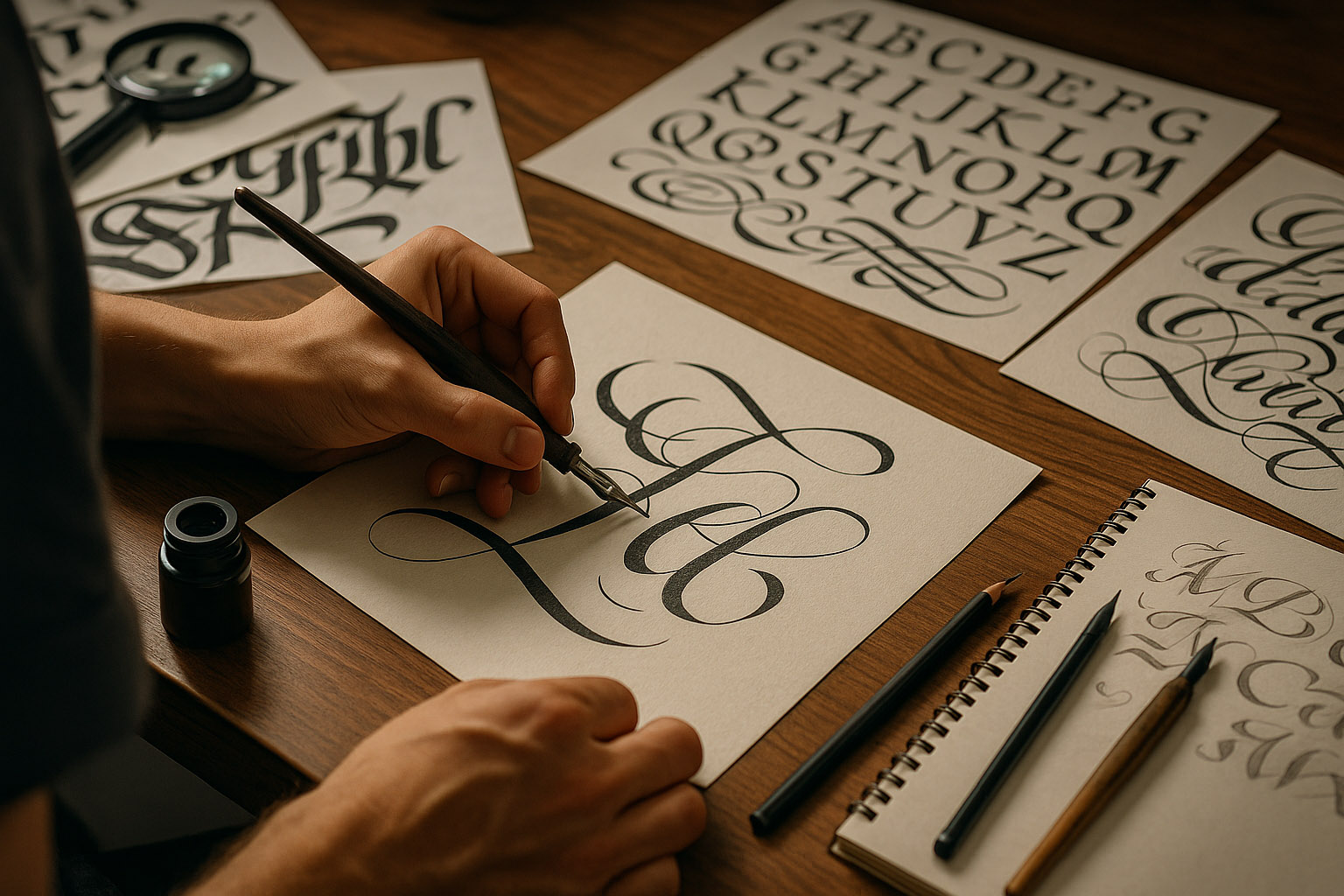
Exploring how calligraphy influences modern typographers, visual designers, and creative workflows — from ancient scripts to digital pens.

For centuries, calligraphy has been the bridge between art and language, shaping not just words but the emotional texture behind them. In the digital age, where fonts are generated with algorithms and AI tools, calligraphy might seem like a nostalgic craft. Yet, many top designers still swear by its influence — claiming it deepens their understanding of form, rhythm, and flow in typography.
So, is calligraphy a core skill that enhances your graphic design, or just a beautiful hobby?

Calligraphy’s history stretches back over two millennia — from Chinese brush calligraphy and Arabic scripts to the ornate medieval manuscripts of Europe. Before the printing press, calligraphers were the original typographers, responsible for shaping how written communication looked and felt.
The Renaissance elevated calligraphy into an art form. Scripts like Italic and Blackletter became the visual DNA of Western writing systems. Many of these historical forms still inspire digital typefaces — think of Helvetica’s proportions or serif contrast in Times New Roman.
Unknown fact: In the 1500s, calligraphers in Italy secretly coded their handwriting to protect their letterforms from being copied — an early form of “font licensing.”
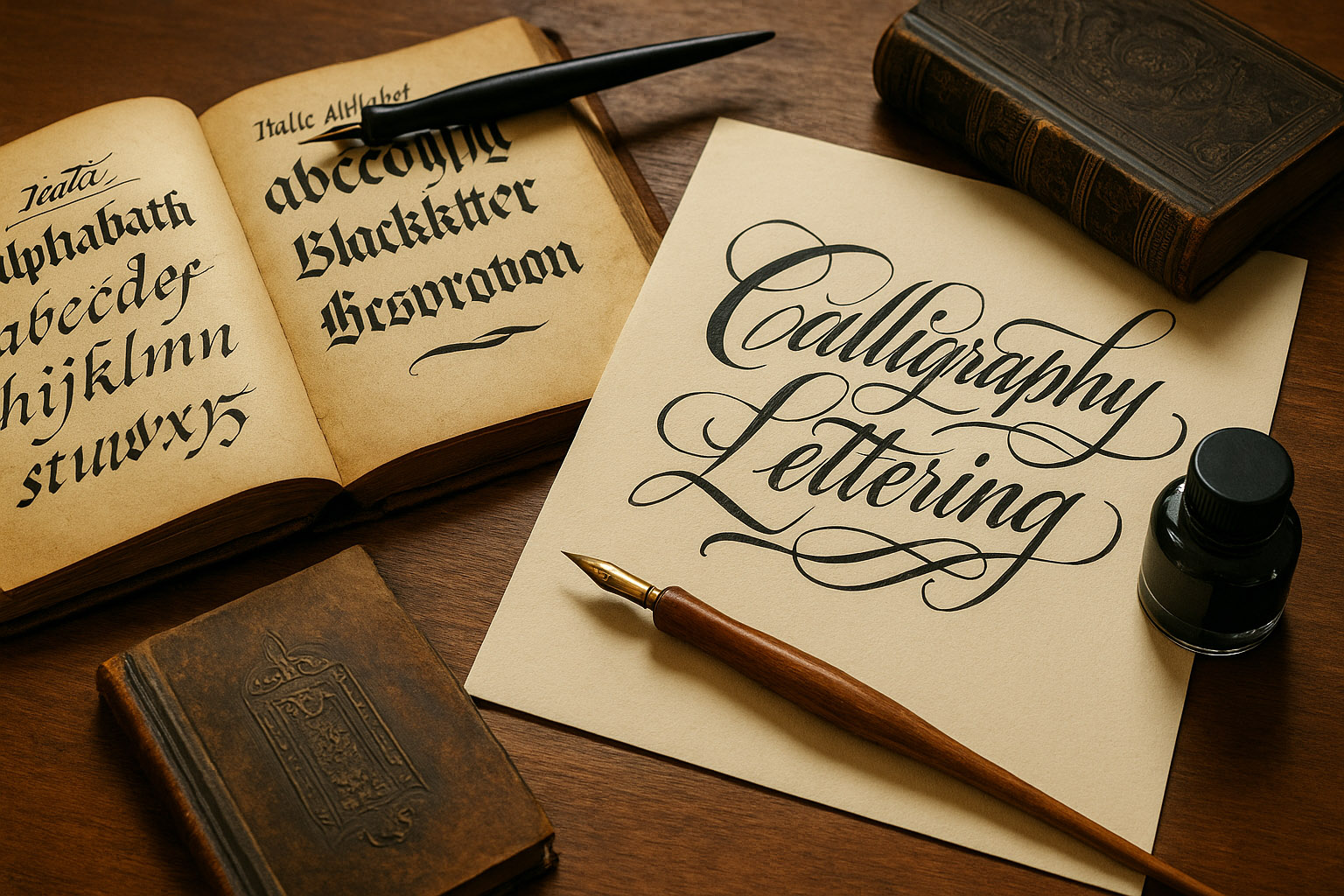
Practicing calligraphy sharpens a designer’s sense of proportion, spacing, and rhythm — the fundamentals of great typography. When you draw letters by hand, you experience their anatomy firsthand: the tension of curves, the weight of strokes, and the rhythm between letters. This understanding directly translates into better digital type choices and custom lettering work.
Even in UX/UI design, calligraphy-trained designers tend to handle hierarchy and white space more intuitively, because they think in terms of visual breathing — a concept deeply rooted in script composition.
Many art schools, including the Royal College of Art (London) and Type@Cooper (New York), still include calligraphy modules in advanced typography programs.
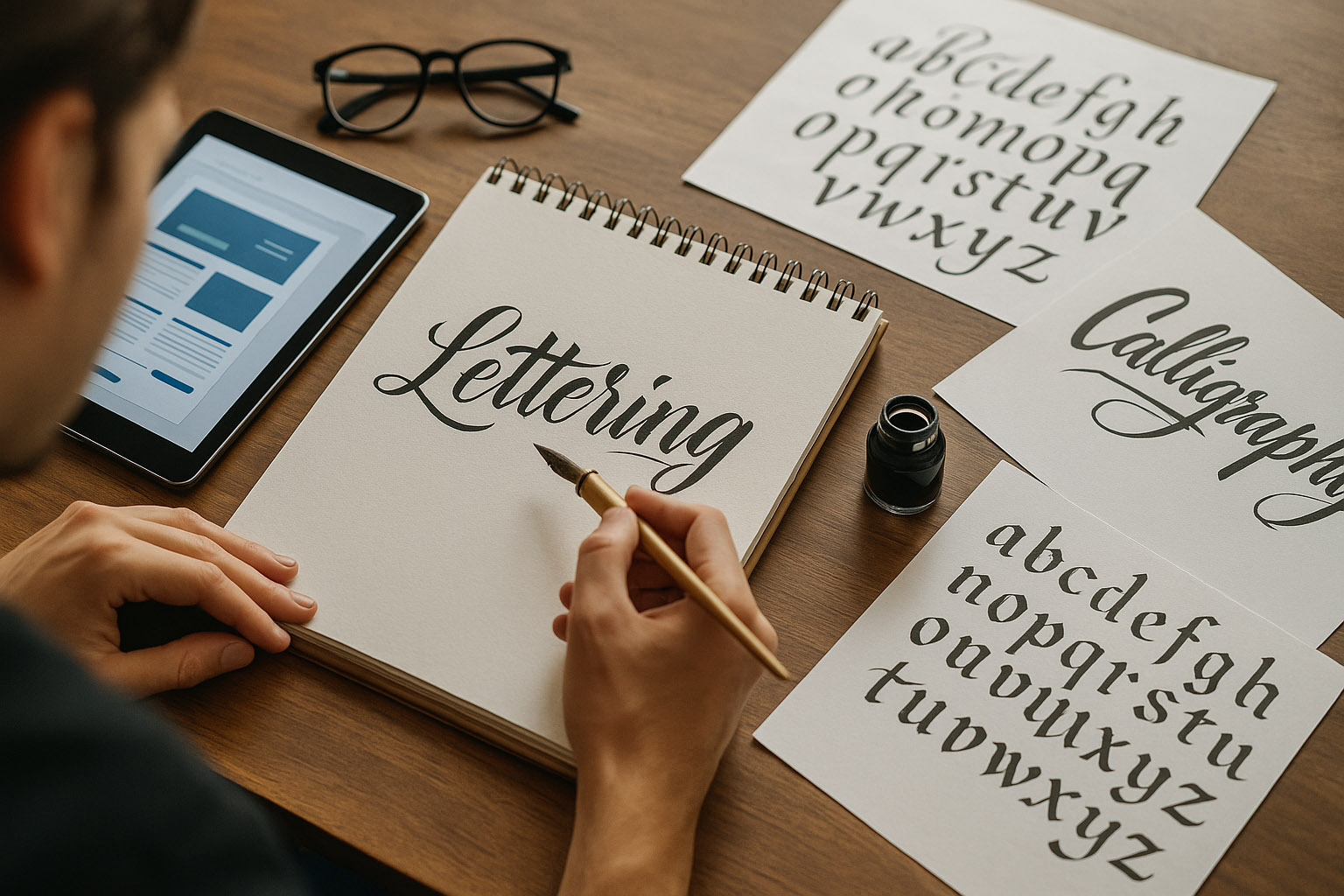
Contemporary calligraphy isn’t just ink and paper. Designers now use Procreate, Adobe Fresco, and vector stylus pens to merge analog precision with digital flexibility. Social media has even revived the art — Instagram and TikTok feature thousands of calligraphy creators who blend traditional flourishes with pop-culture aesthetics.
Tools like Apple Pencil + iPad Pro and Wacom Cintiq have made calligraphy accessible to the digital generation. Some type foundries even use digital calligraphy as a base for typeface creation, where natural stroke variation gives fonts organic warmth.
Unknown fact: Google Fonts’ typeface Dancing Script was inspired by a 1950s American calligrapher whose sketchbook was rediscovered in an antique shop in Kansas.

There’s growing evidence that calligraphy practice improves design intuition and quality:
However, the modern critique is fair: calligraphy doesn’t make you faster — it makes you more deliberate. In a commercial environment obsessed with speed, that deliberation can be seen as a luxury rather than an advantage.

Some designers argue that calligraphy is a romantic distraction. In the era of variable fonts, responsive layouts, and automated kerning, hand-lettering skills may seem secondary. If your work is purely digital, calligraphy might not directly affect your output speed or efficiency.
But here’s the paradox — many of the most distinctive modern designers (like Jessica Hische, Seb Lester, and Martina Flor) built their careers on the emotional intelligence learned from calligraphy.
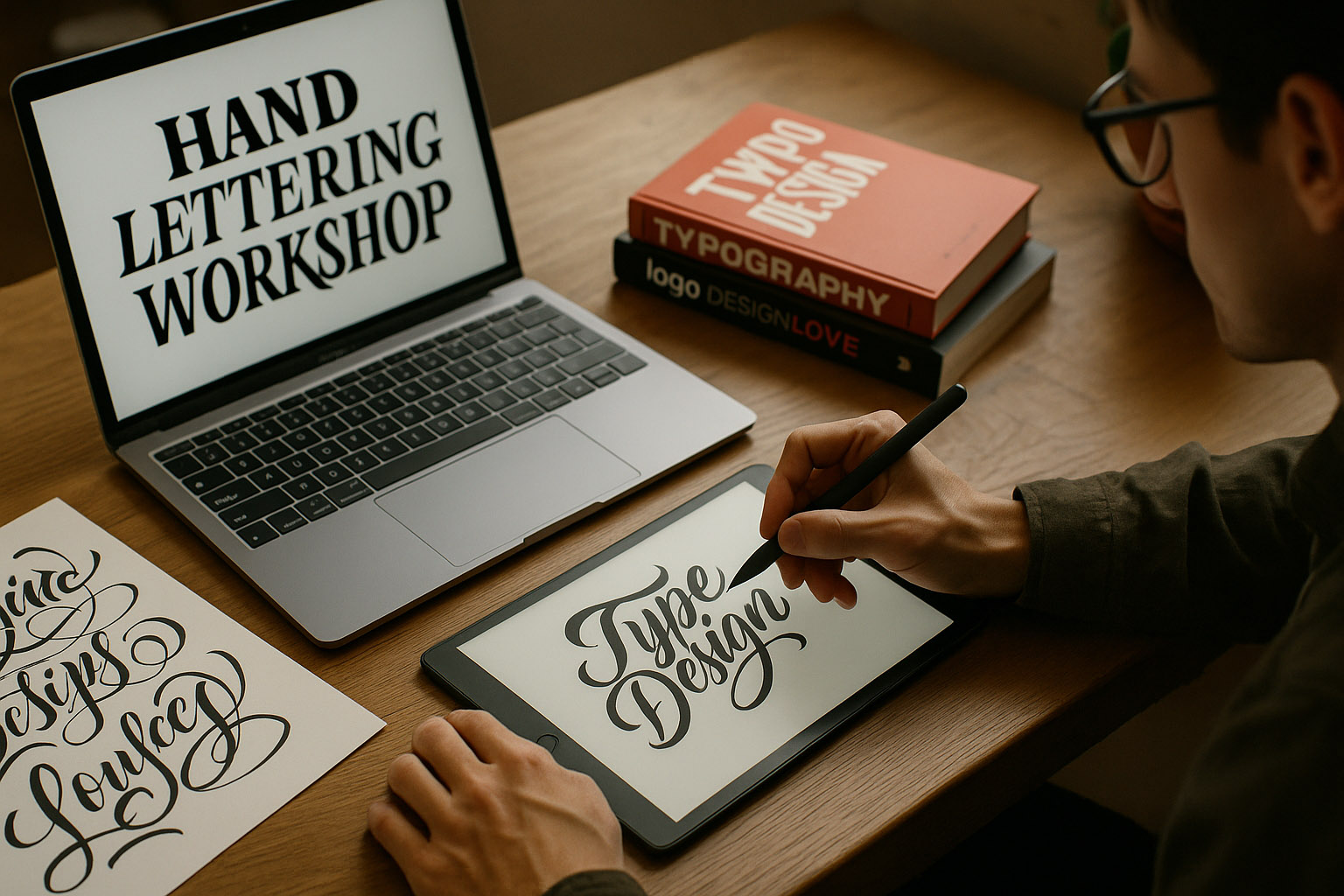
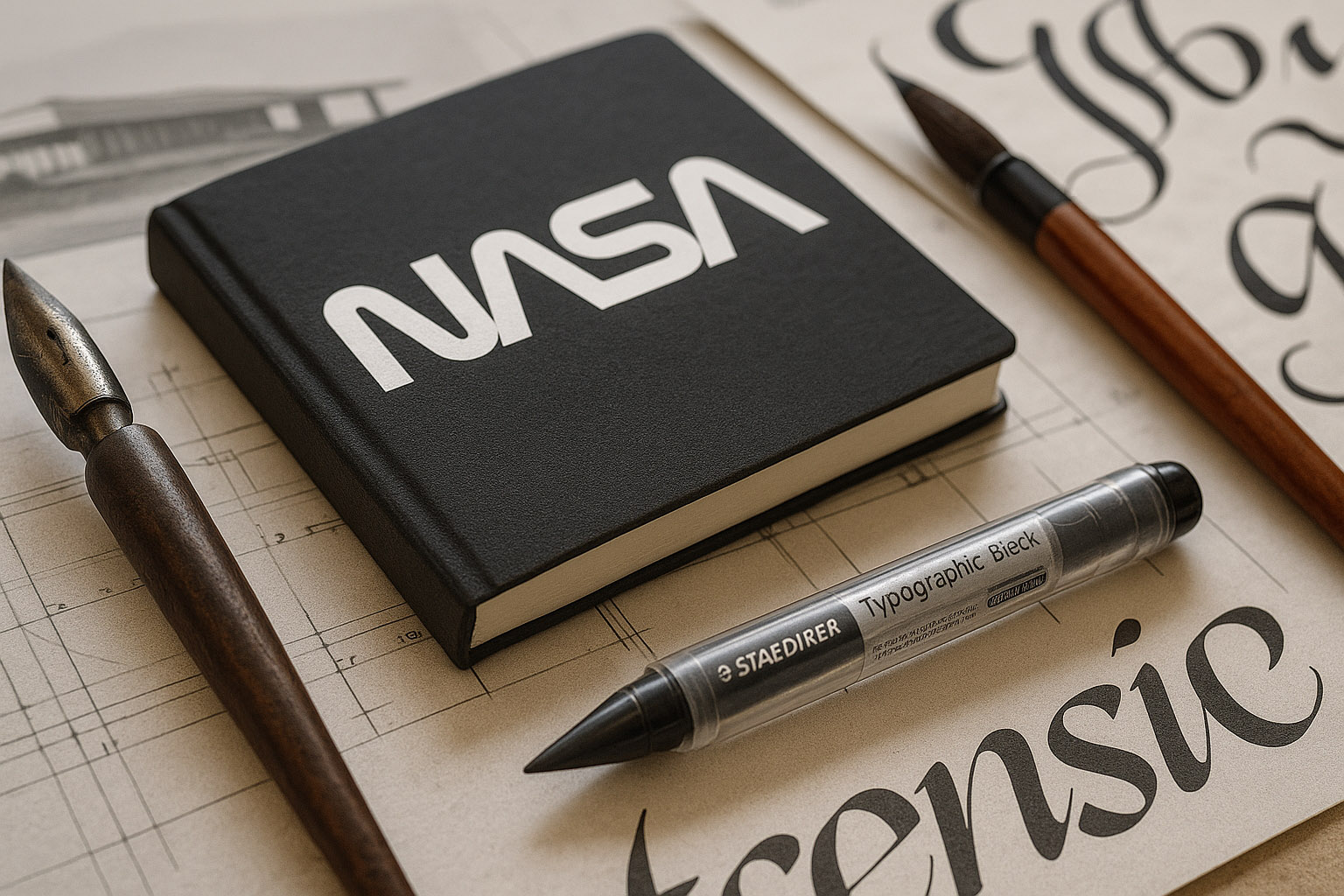
Calligraphy might not be a mandatory skill for graphic designers, but it remains a timeless teacher. It slows you down, yes — but in the best way possible. It reconnects you with the origins of design: intentionality, rhythm, and emotion.
For designers seeking longevity, not trends, a brush or nib might be just as valuable as a mouse or stylus.
“Calligraphy doesn’t just make you a better designer — it reminds you why design matters.”
News, insights, case studies, and more from the rausr team — straight to your inbox.
Send us your brief, your wildest idea, or just a hello. We’ll season it with curiosity and serve back something fresh, cooked with care.